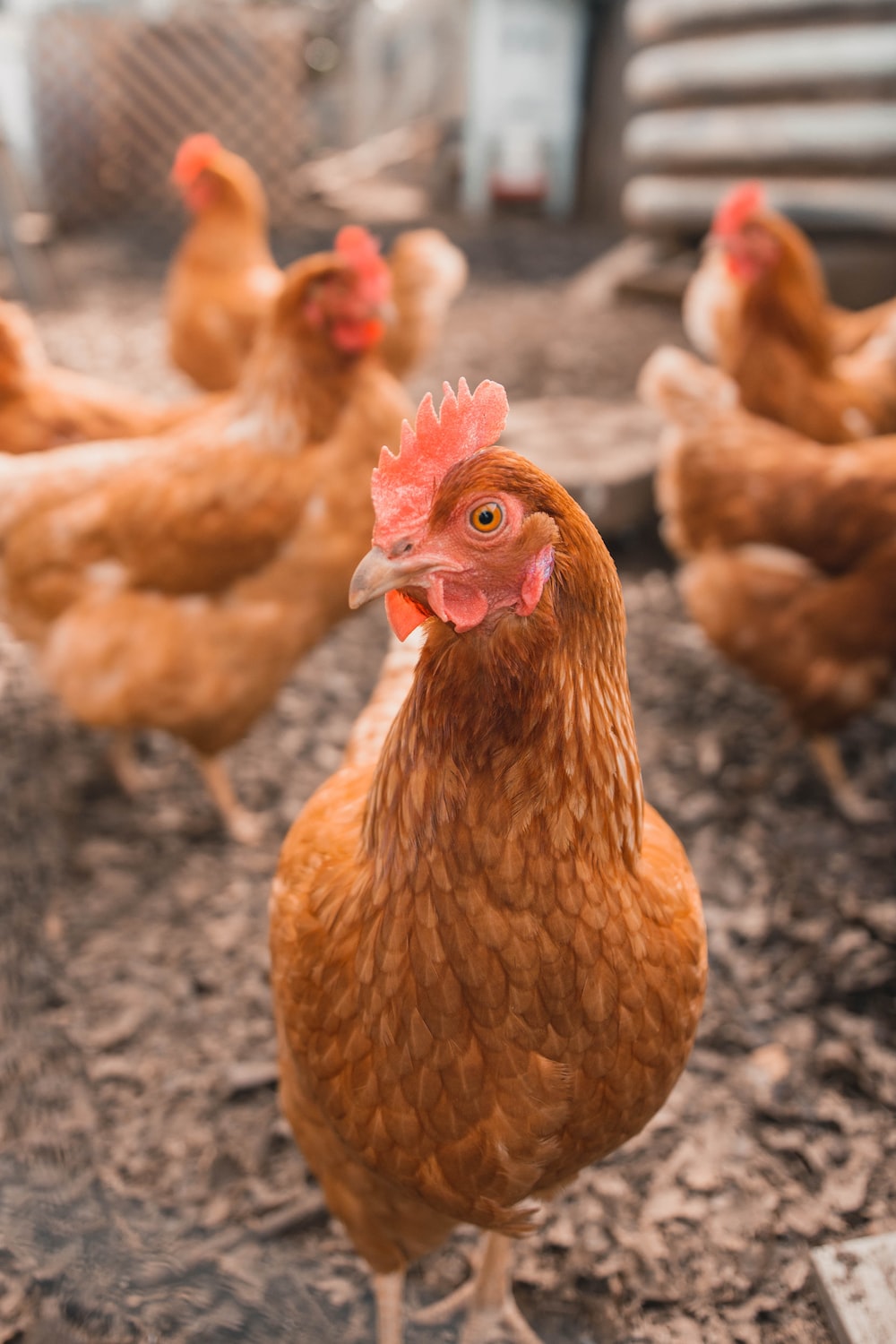Beekeeping offers a wealth of hive products, including honey, beeswax, pollen, bee brood, propolis, and royal jelly. In this blog post, we will delve into the process of harvesting, processing, and marketing these valuable hive products.
Bee Safety
Before diving into the harvesting process, it's crucial to ensure the safety of bees, especially concerning pesticide use. Farmers and beekeepers should coordinate to minimize the risk of chemical exposure to bees by avoiding spraying crops when flowers are open and keeping hives away from areas with heavy pesticide use.
Harvesting Honey
Honey harvesting requires preparation and timing. After 5 to 9 months from colonization, honey is ripe when combs are sealed, indicating a water content of around 17%. Harvest honey when at least 8 combs have sealed honey, avoiding those with a mixture of honey and brood. Cut the honeycomb off the top bar, collect it in a bucket, and seal it tightly to prevent other bees from accessing it. Leave enough honeycomb for the bees' food, and harvesting can be done up to 3 times a year.
Other Hive Products
In addition to honey, beekeepers can collect various other hive products, including beeswax, pollen, bee brood, propolis, and royal jelly. However, honey and beeswax are the major products of commercial value.
Processing
Processing honey involves cutting the combs into small pieces and straining the honey through coarse and fine strainers to remove impurities. After settling for 3 to 5 days, the honey is ready for bottling. Beeswax processing entails melting the wax from empty combs in water, straining it, and allowing it to harden before scraping off any debris.
Marketing
Local marketing is essential for hive products, with priority given to satisfying the local market before exporting. Proper bottling and labeling of honey according to standards set by the Malawi Bureau of Standards are crucial for market acceptance. Additionally, honey can be sold on combs or by predetermined measures, especially in rural areas
Harvesting, processing, and marketing hive products require careful attention to quality, safety, and market demand. By following proper procedures and coordinating with local standards and regulations, beekeepers can ensure the success of their beekeeping ventures while providing valuable products to consumers.





 Formulate Feed
Formulate Feed
Comments
Be the first to comment . You must be logged in to post a comment